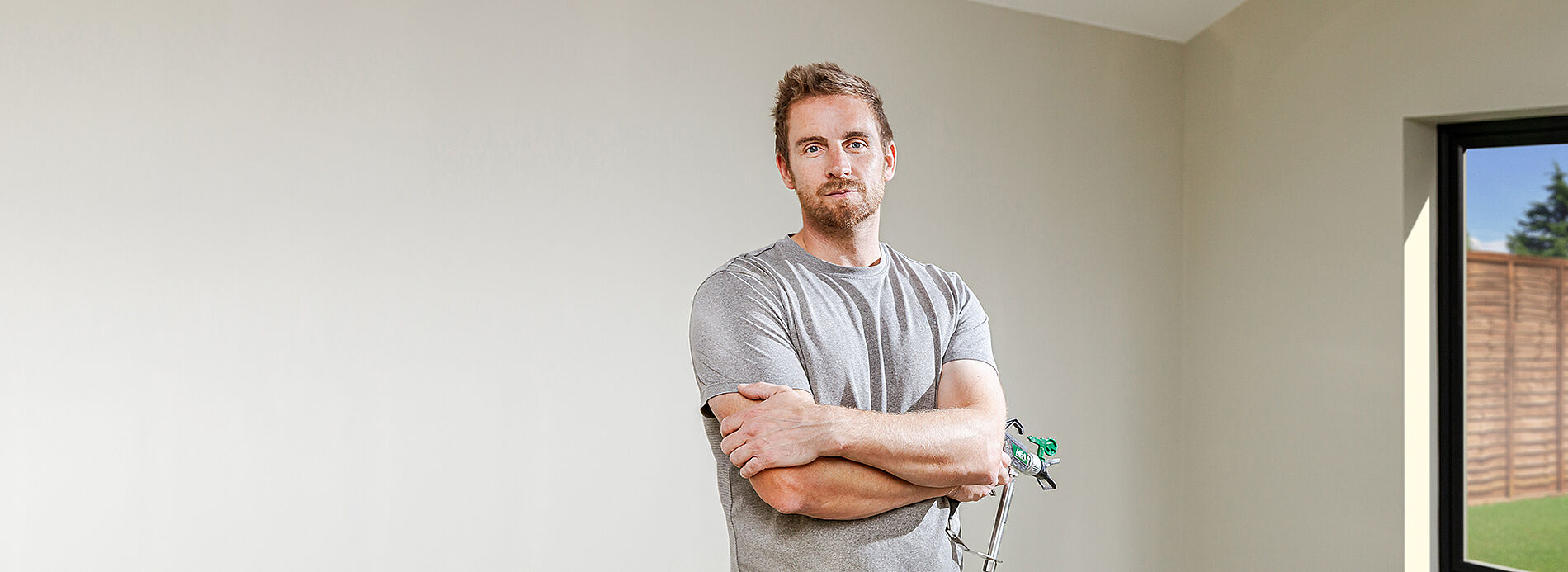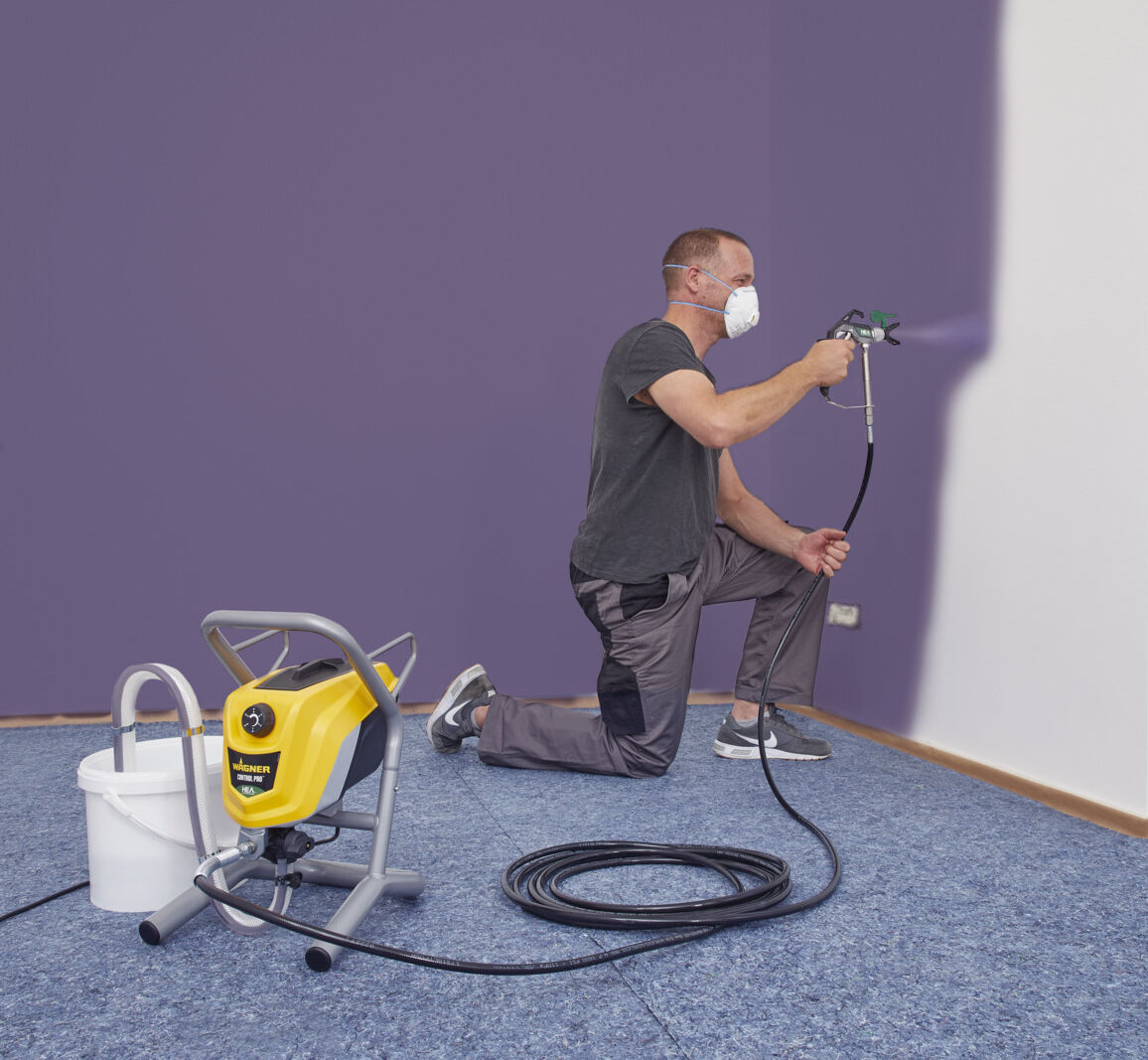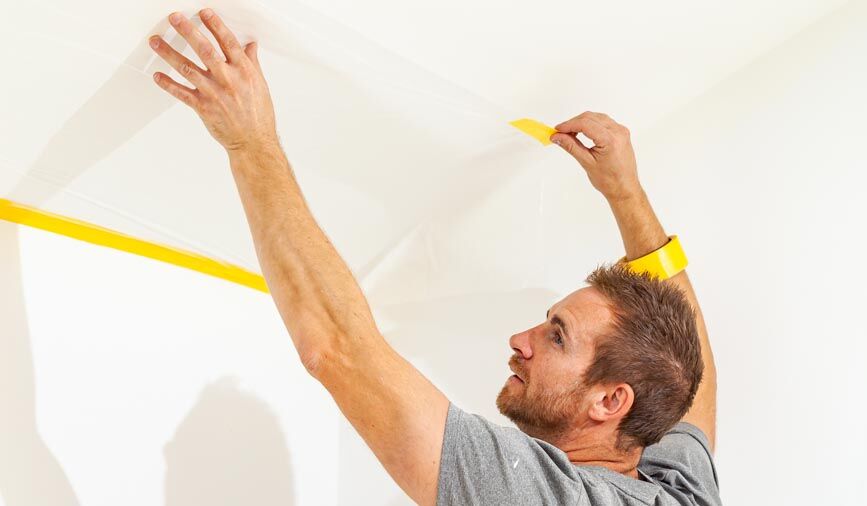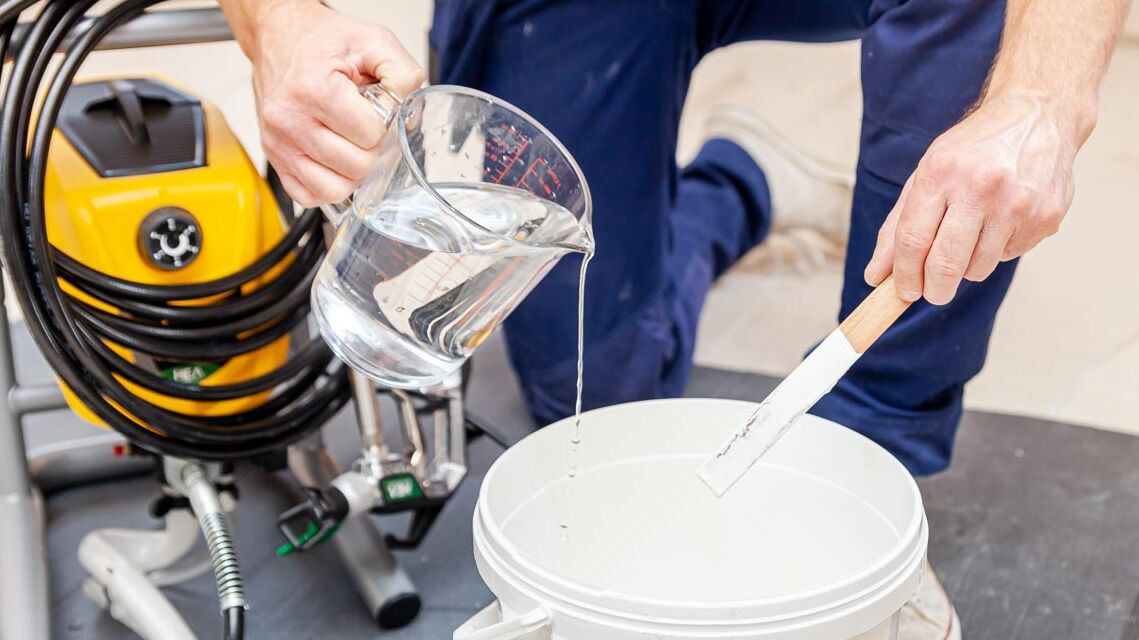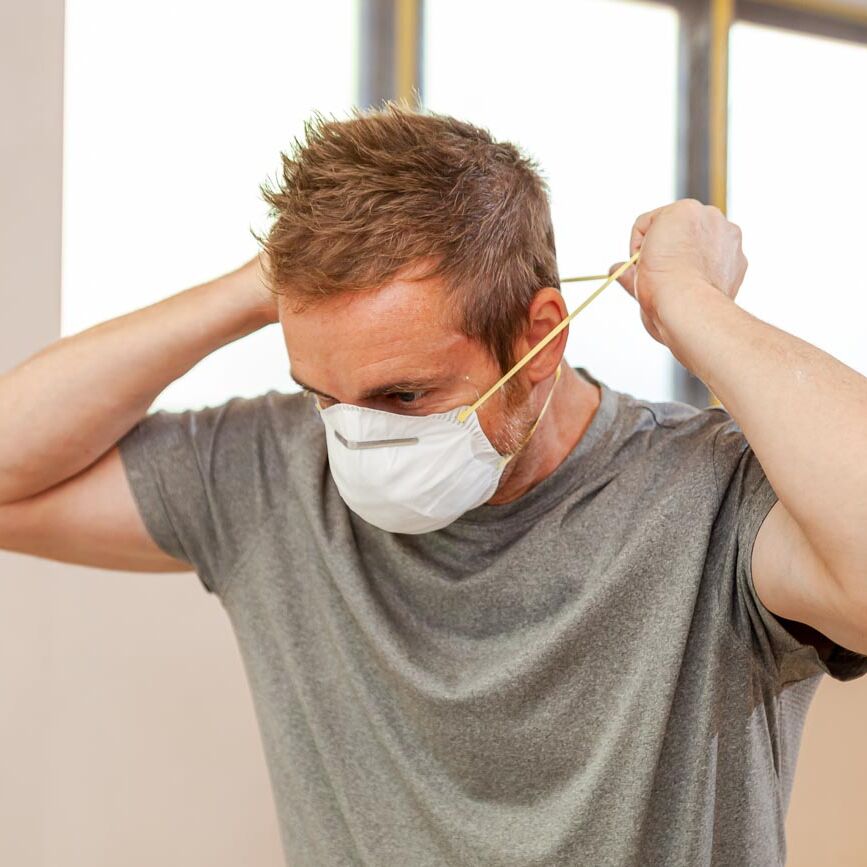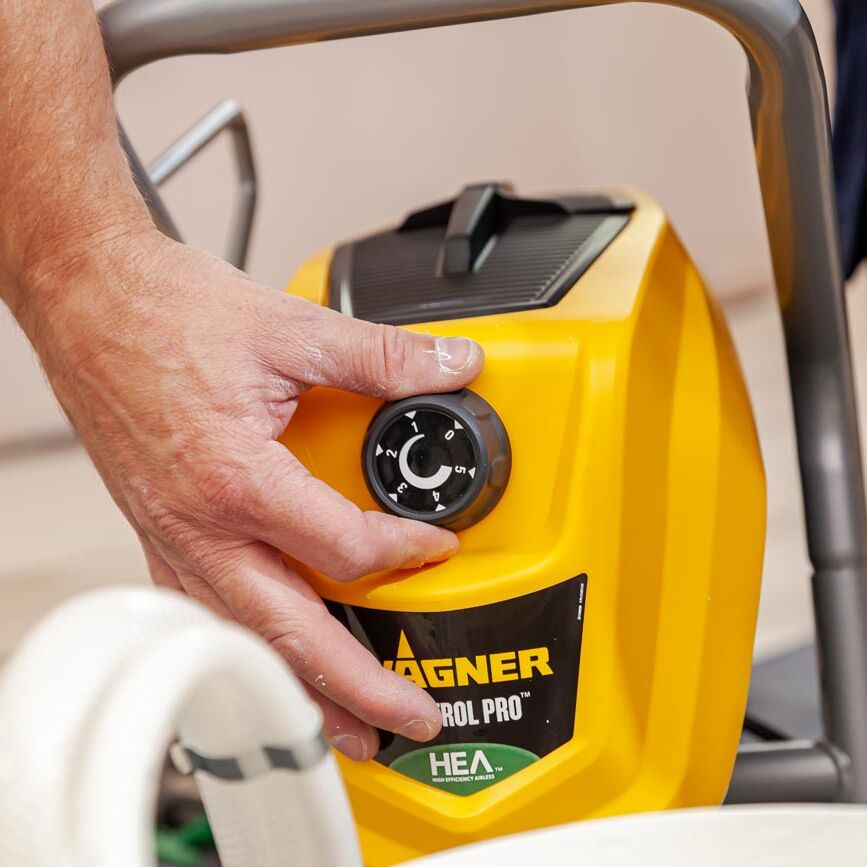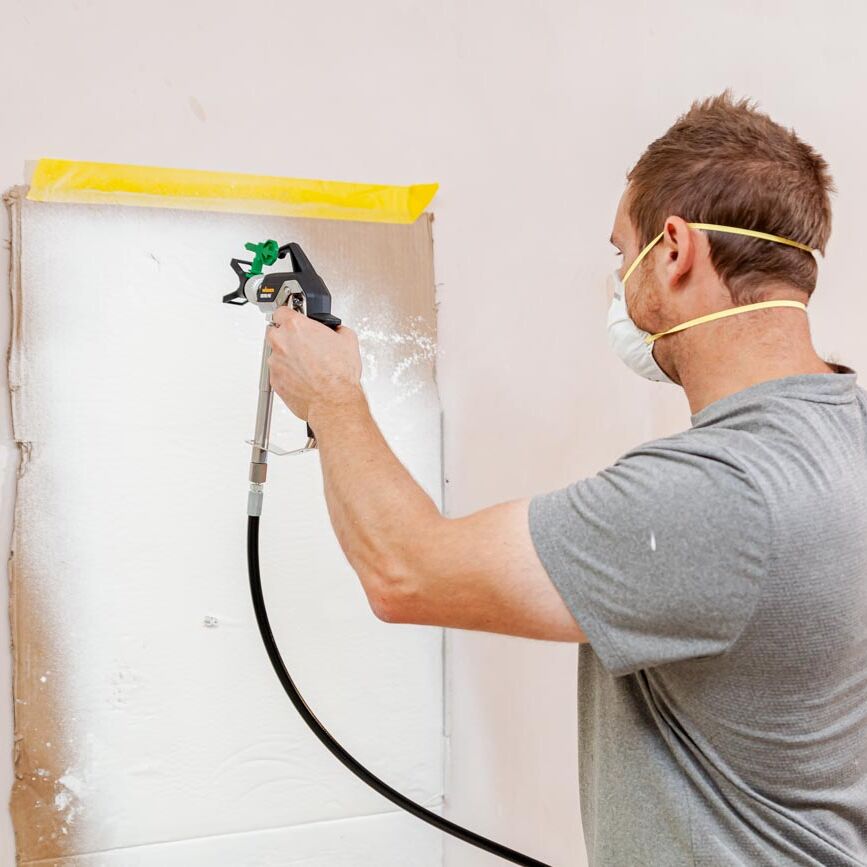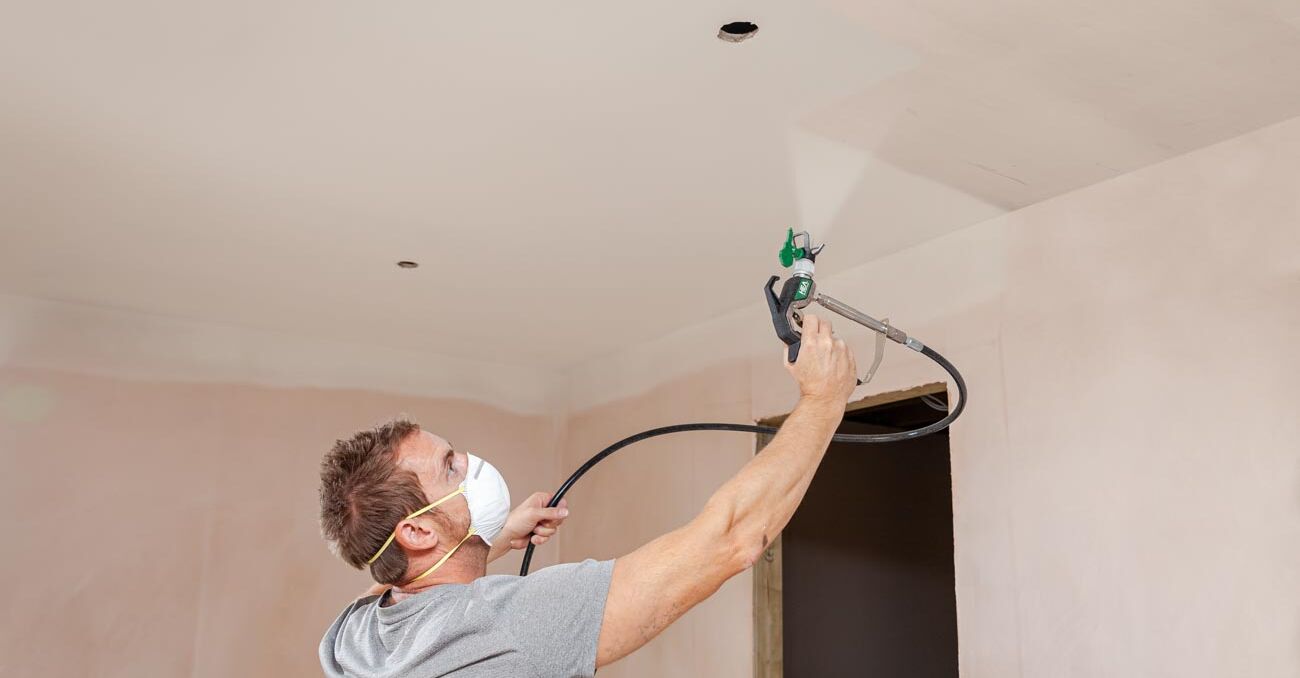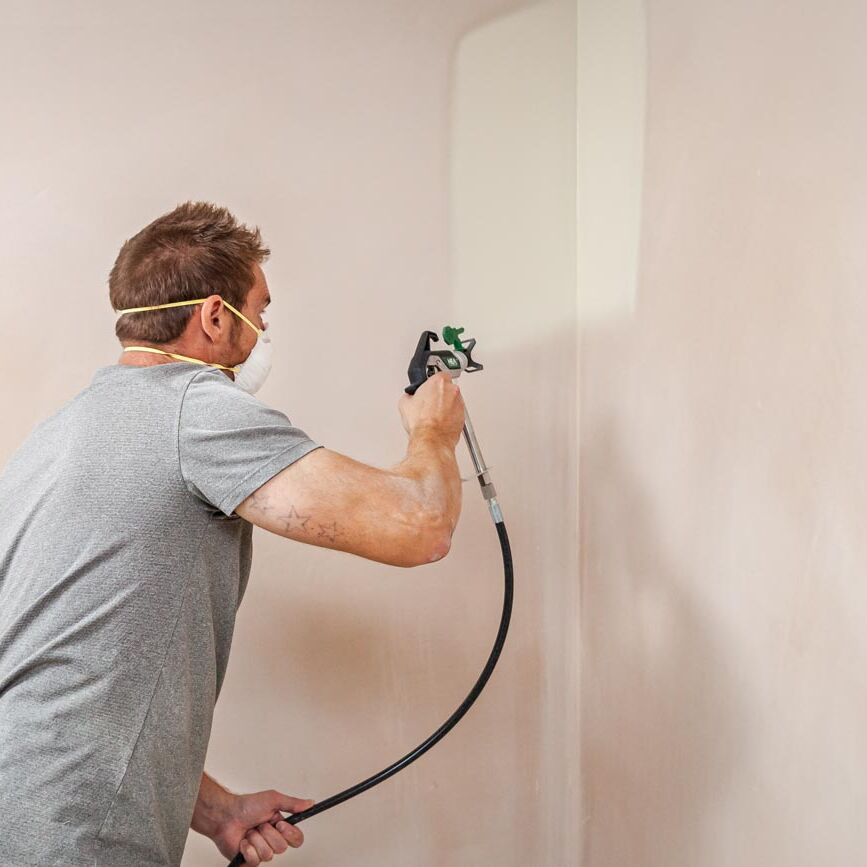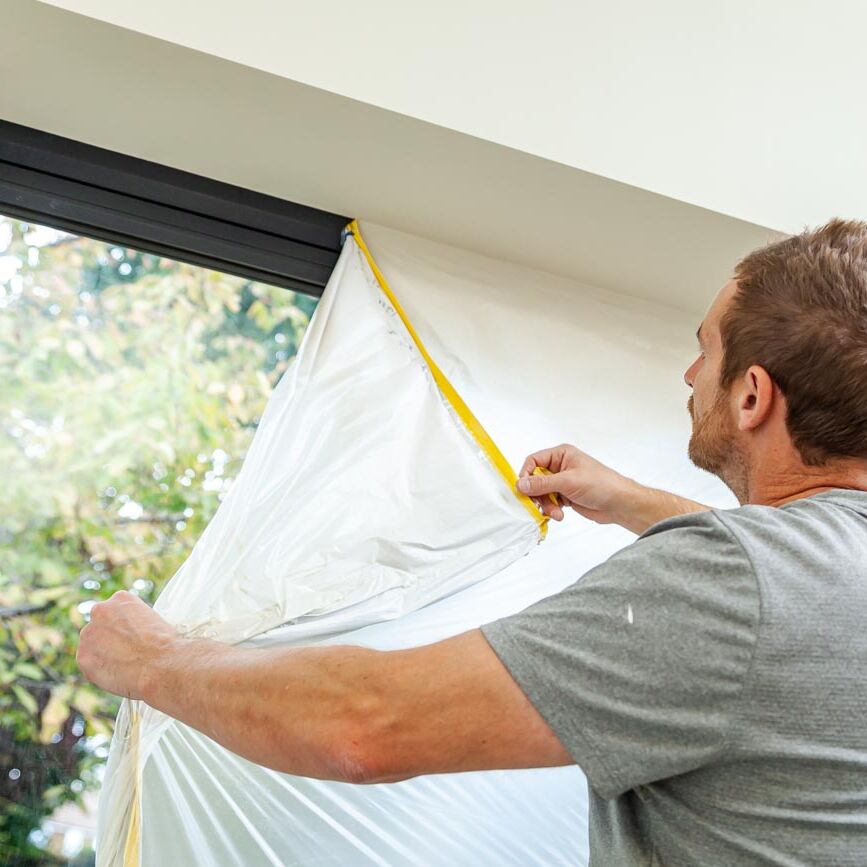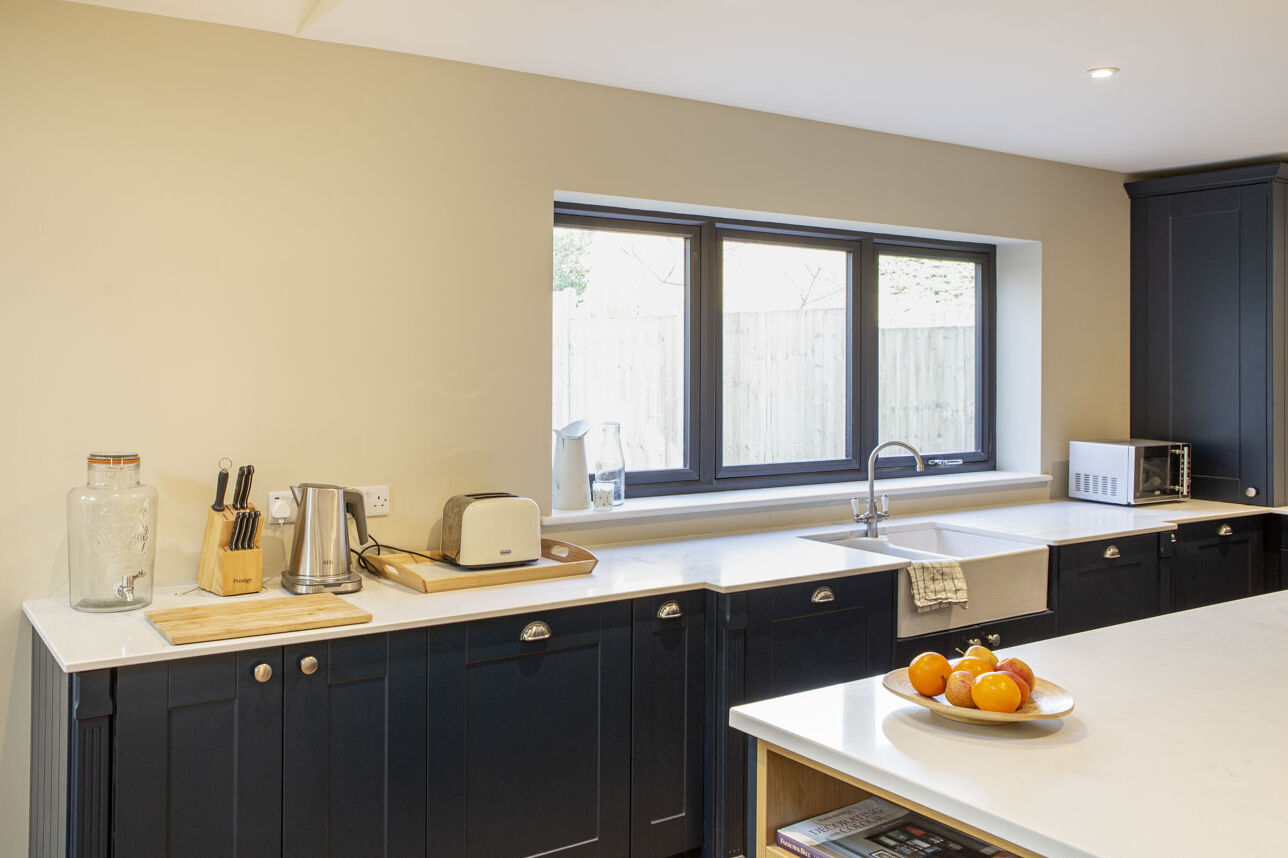Add colourful accents!
Every day we see amazing living spaces par excellence on Instagram, Pinterest and Co. Photos of apartments owned by interior-design bloggers, in which absolutely everything is just right. Large, bright rooms, stylish furniture and a perfectly coordinated colour scheme.
However, in reality it's not always possible to achieve the same results within your own four walls. One solution might be a renovation or even a new extension. This not only enlarges your living space, but also allows you to redivide and redesign the room layout. DIY expert Simon dared to take this step and built his new kitchen in an extension. To create a cosy atmosphere in the newly created room, he has chosen colourful, contrasting walls in a slightly earthy, beige tone. The extension is finished, the walls are plastered, only the paint is missing. And how best to apply this to the wall? Simon's “weapon of choice” is an airless sprayer as a fast and professional way to apply his new paint. In fact, he uses his trusty all-rounder, the Control Pro 250 M airless paint sprayer, for precisely this purpose.

